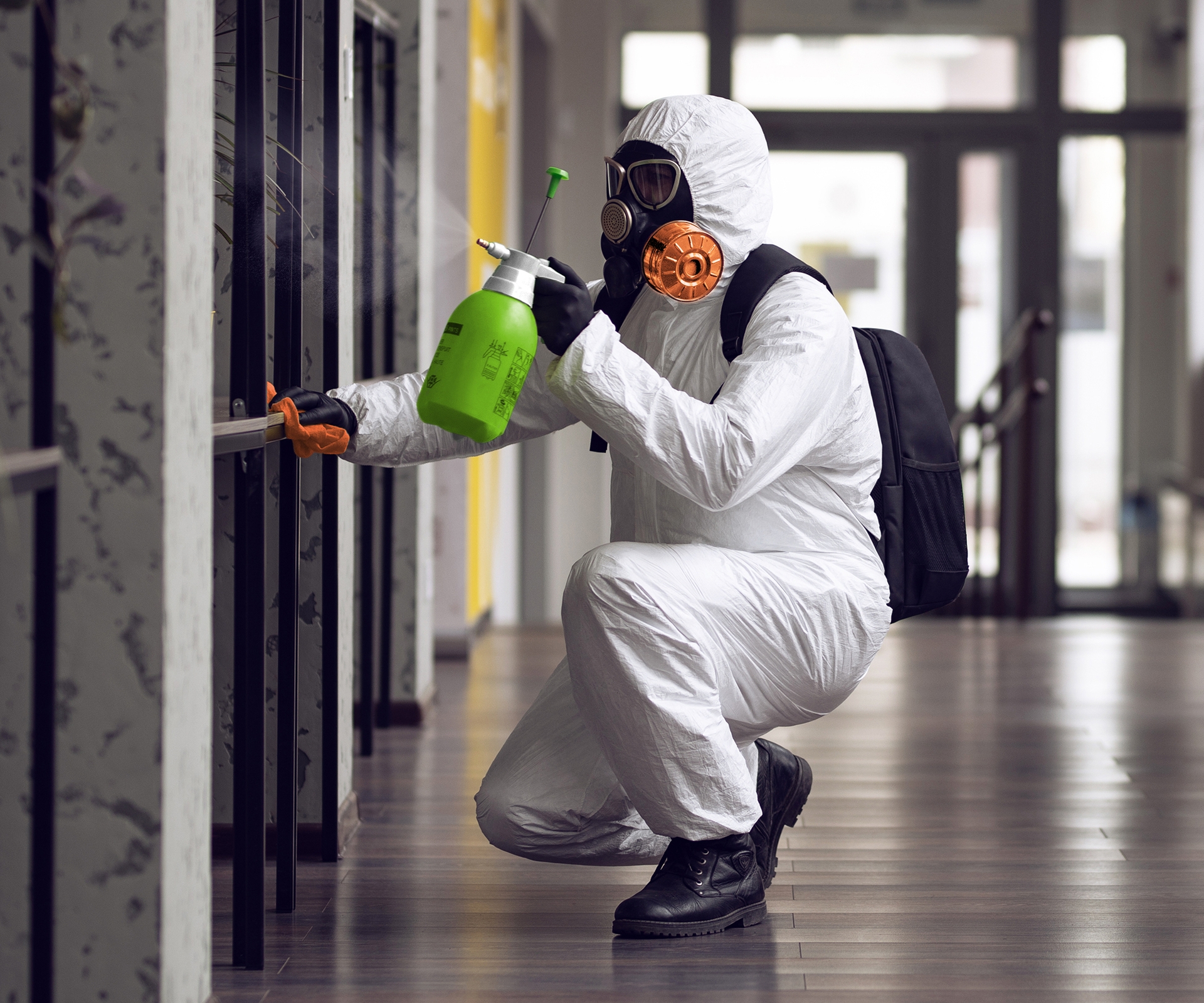After Mold Remediation Approaches for Tidy Areas
After Mold Remediation Approaches for Tidy Areas
Blog Article
Your Ultimate Overview to Article Mold Remediation Techniques
Browsing the world of post-mold removal methods is a precise process that requires interest to detail and an extensive understanding of the intricacies involved. In the results of mold and mildew invasion, understanding how to efficiently eradicate the mold and avoid its reoccurrence is paramount for keeping a healthy indoor environment. From choosing the right cleaning and decontaminating methods to carrying out approaches for lasting mold prevention, each action in the removal trip plays an important duty in guaranteeing a successful end result. As we start this exploration of post-mold remediation techniques, we will certainly reveal the vital techniques and best techniques that can aid you restore your space to its pre-mold condition and guard it versus future mold risks.
Recognizing Post-Mold Remediation Refine
After completing the mold remediation process, it is critical to understand the post-mold remediation strategies that are needed to make sure a extensive and effective cleaning. As soon as the mold has been gotten rid of, the next step includes cleansing and decontaminating the influenced locations to stop any type of regrowth of mold. This consists of making use of specialized cleaning agents to clean down surfaces and eliminate any type of staying mold and mildew spores. It is necessary to dry the location completely to discourage the development of mold in the future (Post Remediation verification). Proper air flow and dehumidification can help in this process.
Additionally, performing a final inspection post-remediation is crucial to guarantee that all mold and mildew has actually been effectively eradicated. This assessment should entail a complete visual check along with potentially air tasting to confirm the lack of mold and mildew spores in the air. Extra removal might be necessary if the evaluation discloses any lingering mold. Educating passengers on preventative actions such as regulating moisture degrees and promptly addressing any water leaks can aid maintain a mold-free setting.
Efficient Cleaning Up and Sanitizing Methods

Stopping Future Mold Growth

Importance of Correct Air Flow
Correct air flow plays a crucial role in stopping dampness buildup, an essential consider mold and mildew development within interior settings. Effective air flow systems assist eliminate excess moisture from the air, minimizing the possibilities of mold and mildew spores locating the wetness they need to sprout and spread. Without ample ventilation, interior spaces can come to be a breeding place for mold and mildew, resulting in possible health and wellness threats and structural damages.
By guaranteeing correct air circulation, air flow systems can also assist in drying moist locations faster after water damage or flooding occurrences, further preventing mold growth. what to do after mold remediation. Precede like washrooms, attics, cellars, and cooking areas where moisture levels tend to be higher, setting up and keeping reliable ventilation systems is vital in preventing mold infestations

Surveillance and Upkeep Tips
Provided the important duty that appropriate ventilation plays in avoiding mold and mildew development, it is critical to develop effective tracking and upkeep suggestions to guarantee the ongoing performance of ventilation systems. Normal evaluations of ventilation systems need to be carried out to look for any kind of indications of blockages, leakages, or breakdowns that could restrain appropriate airflow. Tracking humidity degrees within the building is likewise crucial, as high moisture can contribute to mold development. Installing a hygrometer can aid track humidity levels and sharp homeowners to any spikes that may call for interest. Additionally, making certain that air filters are regularly cleansed or changed is important for maintaining the effectiveness of the ventilation system. Implementing a routine for regular upkeep tasks, such as duct cleansing and HVAC system assessments, can aid avoid problems prior to they rise. By staying mindful and positive to the problem of air flow systems, homeowner can effectively reduce the danger of mold and mildew regrowth and keep a healthy and balanced interior environment.
Verdict
In final thought, post-mold remediation techniques are important for guaranteeing a clean and safe setting. Recognizing the process, executing effective cleansing and decontaminating techniques, avoiding future mold development, preserving proper air flow, and regular monitoring are all critical action in the remediation procedure. By complying with these guidelines, you can efficiently get rid of mold and avoid its return, functioning or promoting a healthy and balanced living area for all occupants.
In the results of mold problem, understanding how to successfully eliminate the mold and mildew and prevent its reoccurrence is extremely important for preserving a healthy and balanced indoor setting. Once the mold and mildew has actually been eliminated, the following step entails cleaning and sanitizing the influenced areas to protect against any regrowth of mold and mildew - testing air quality after mold remediation. After removing noticeable mold and mildew growth, it is important to cleanse all surfaces in the afflicted location to remove any type of continuing to be mold spores. To even more boost mold avoidance actions, it is important to attend to underlying issues that at first led to mold and mildew growth.Given the important role that correct ventilation plays in stopping mold and mildew growth, it is essential to establish effective monitoring and maintenance ideas to make sure the ongoing capability of air flow systems
Report this page